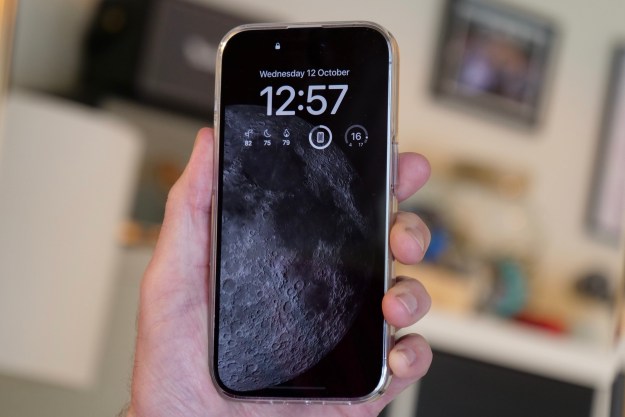Remember the last super loud concert you went to? How you emerged from the club or concert hall completely disoriented and woke up the next day wondering if you’d ever hear anything ever again? Sure, that ringing in your head probably subsided after a few days, and everything eventually seemed to be OK. But chances are if you keep busting your eardrums with loud noise either from external environments or from cranking up the volume through your earphones, little by little, healthy hair cells that surround your inner ear — the ones that send electrical impulses to your brain to interpret sound — will be damaged.
Damaged cells cannot send impulses to the brain and they cannot regenerate or be repaired. Repeated damage will result in permanent hearing loss. Anything louder than 85 decibels is considered a threshold that could cause hearing loss. If you habitually use headphones to listen to music or watch movies on your iPhone or iPad, the Reduce Loud Sounds feature in iOS 14 helps to protect you from high volume damage. Here’s how to use the feature.
Headphone decibel setting
With iOS 14, you never have to worry about audio running too loud, because the Sounds & Haptics setting can help you control it. Choose Settings > Sounds & Haptics > Headphone Safety and toggle on Reduce Loud Sounds. This control lets you set a decibel level beyond which your Apple device cannot play audio. The iOS decibel levels range from 75 to 100 at 5-decibel intervals. Levels are classified by common, everyday sounds like a vacuum cleaner, noisy restaurant, heavy city traffic, motorcycle, car horn, and ambulance siren.
You also can track and regulate headphone audio levels in iOS 14. After setting a maximum threshold, the app will detail stats for volume levels and length of exposure. It’s more accurate with headphones made by Apple or Beats by Dr. Dre, but the app can measure noise exposure of other wired and wireless headphone brands, too.
Live Listen
Another iOS feature called Live Listen, which debuted on iOS in 2014, lets your mobile device serve as a remote microphone. Designed to work with MFI-compatible hearing aids, it eventually branched out to include AirPods and other Apple branded listening devices. Live Listen lets you use your mobile device as a directional microphone and listen to audio through your AirPods, AirPods Pro, AirPods Max, or Powerbeats Pro. To begin using Live Listen with your AirPods, your earbuds must be connected to your iPhone, then add a hearing icon to Control Center.
The Control Center Hearing control helps you protect your delicate eardrums as you listen to music or videos via
Headphone Accommodations
If you possess one of Apple’s own headphones or ear buds — AirPods Max, Apple EarPods (with 3.5mm Headphone Plug or Lightning Connector), AirPods (2nd generation), AirPods Pro, Powerbeats, Powerbeats Pro, or Beats Solo Pro — you can use iOS 14 to customize audio levels to amplify soft sounds and adjust sound frequencies via the Headphone Accommodations feature.
Go to Settings > Accessibility > Audio/Visual and switch on Headphone Accommodations. You can customize the settings for either your iPhone voice or FaceTime calls or for streaming media like movies, podcasts, audiobooks, Siri, voicemail, and Live Listen.
You also can adjust your headphone audio settings with the Custom Audio Setup feature. That allows you to listen to audio samples, choose the ones that sound best, and then apply the suggested custom settings. You also can use audiogram data derived from the Health app or manually adjust tone and amplification settings. Tap Play Sample to hear an audio sample with your settings and adjust them dynamically as you listen. A simple Balance slider also is available.
Editors' Recommendations
- Apple is about to do the unthinkable to its iPads
- Best refurbished iPhone deals: Get an iPhone 14 for $513
- An Apple insider just revealed how iOS 18’s AI features will work
- The most common Skype problems and how to fix them
- iPhone 16: news, rumored price, release date, and more

















